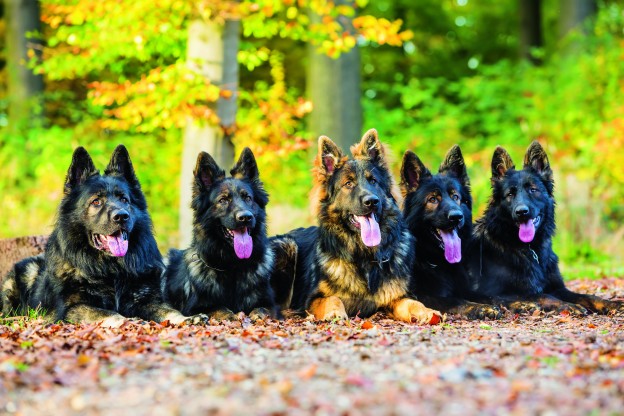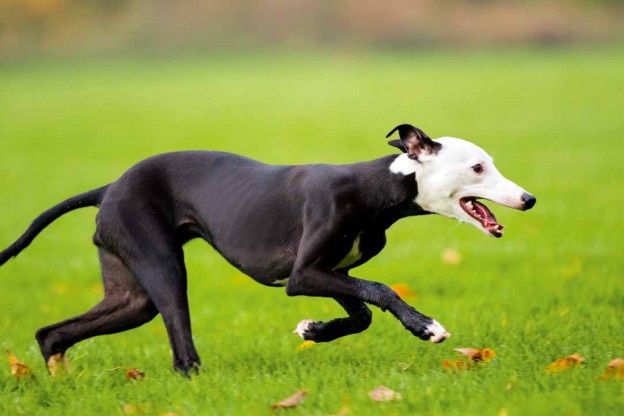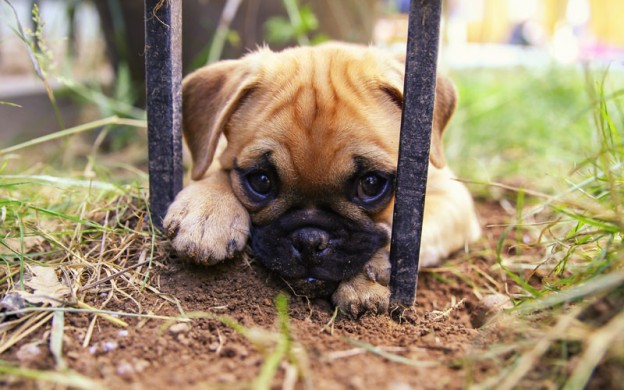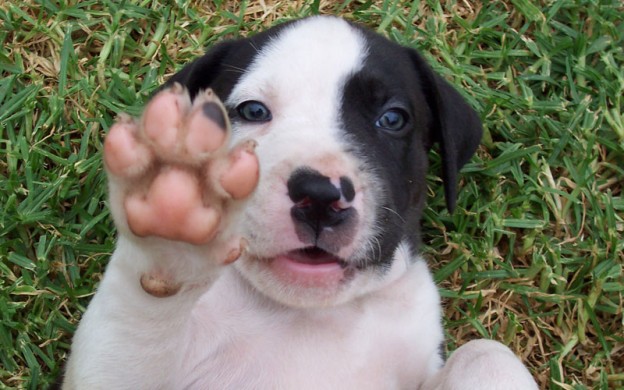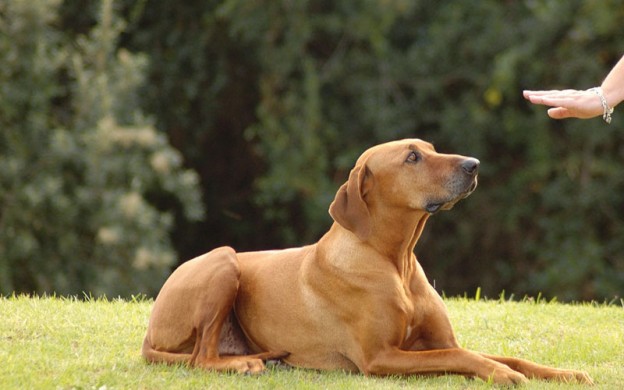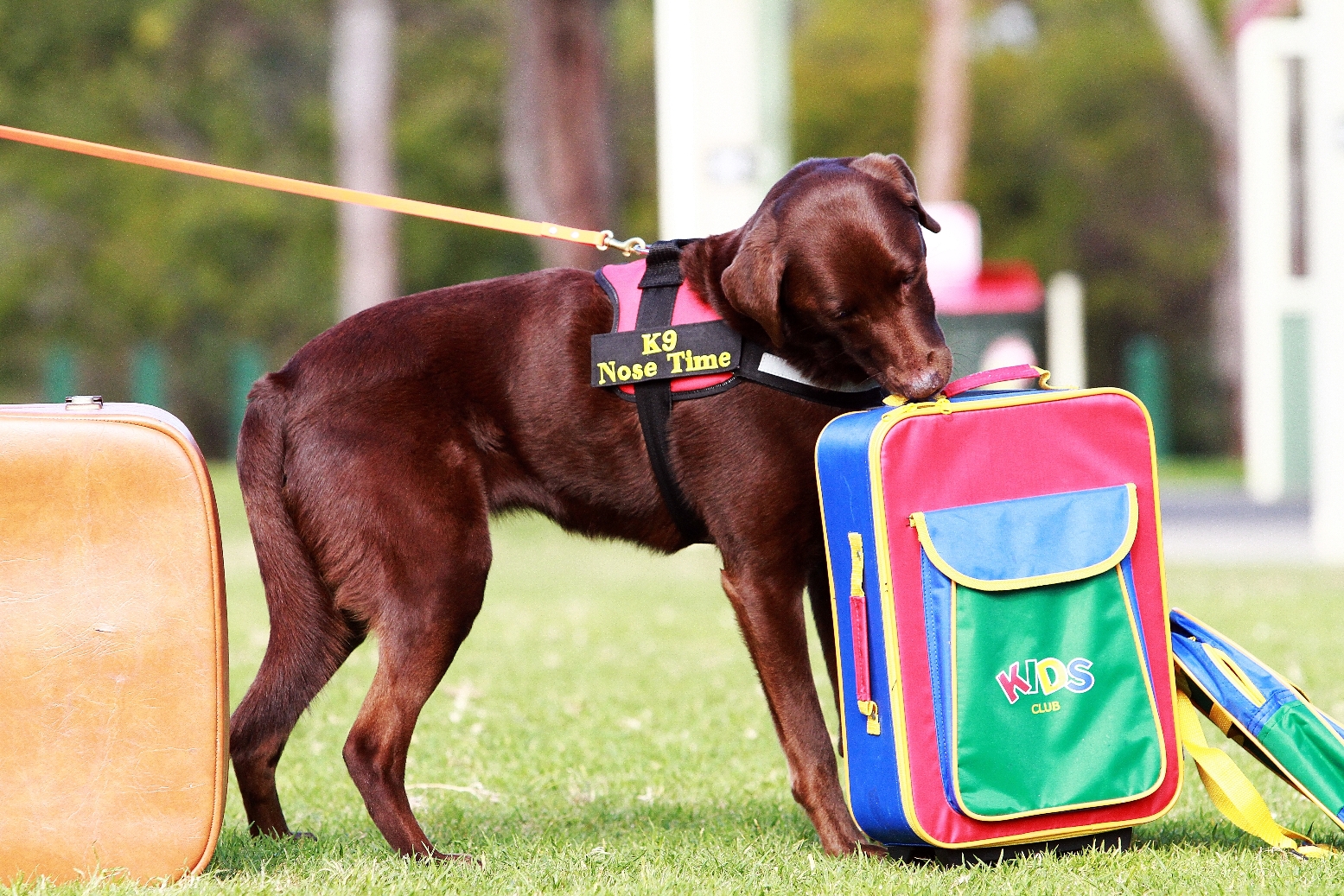
Nosework: The fun and stimulating new game for our four-legged friends, as Tim Falk discovers.
Our canine companions are known for their truly remarkable sense of smell. Whether it’s a Bloodhound tracking down an escaped criminal, a Labrador sniffing out illegal drugs, or even just a hungry pooch smelling his dinner being dished up from a mile away, the power of the canine nose is far greater than that of a human nose.
And the canine sports world has recently seen the development of a new sport aimed at putting dogs’ noses to good use. Nosework is a fun searching activity that allows dogs to combine their awesome sniffing power with their desire to hunt. Think of it like a massive treasure hunt for our four-legged friends.
“Dogs seem to be highly stimulated by sports that use their scenting ability. They also love a mental challenge,” says Kerry Needs, vice president of the Bendigo Obedience Dog Club. Along with her sister Sonja and friend Emma, Needs recently discovered this new and exciting sport. “Both Sonja and Emma have attended extensive search and rescue training courses, which focus on scent work and understanding scent,” explains Needs.
“Emma, Sonja and myself had discussed Nosework as both Emma and Sonja were training their dogs in this discipline. Sonja provided some videos on the sport that explained the foundation of teaching target scenting. This sport appealed to me as there were few physical limitations that may impair dogs from competing.”
Whereas tracking trials can require high levels of physical and mental stamina that can prevent older dogs or dogs with disabilities from taking part, Nosework is a much less strenuous activity. “Nosework is a big sport overseas and there are websites and videos available to watch,” Needs says. “It looked like a great deal of fun to teach and fun for the dog. Our club is always looking for different challenges for the dogs and handlers that can be enjoyed by both.”
Sniffing out fun
Nosework involves ‘shaping’ your dog to find a specific scent. Shaping, very simply, is teaching your dog by using small steps to achieve something bigger. “With Nosework, we introduce the target scent, anise, by holding it in a container and rewarding the dog for looking at it or touching or sniffing it. The dog receives an instant reward for acknowledging the ‘target’,” Needs explains.
The handler can use clicker training to reinforce the reward, or simply use their voice to emphasise the praise. It’s all reward-based and a variety of rewards are used such as food, toys and praise.
“Dogs are as individual as people and shaping can be slow with some dogs. We do not move onto the next, harder step until the dog is very confident with the current exercise step,” Needs says.
Once the dog is alerting the scent consistently, the scent is placed into another object, such as a box, and the dog is encouraged to find the scent. As the dog becomes better at finding and targeting the scent, more boxes are added, some with food, some with nothing in them and some with containers just like the scent container.
Handlers are not allowed to give any cues to their dog. “In the case of Nosework, if there were four boxes that the dog had to search, the handler would avoid looking directly at the box with the target scent. The dog may pick up on the look from the handler and alert to the scent without using his scenting ability,” Needs explains.
The dog works on lead to start with but, once it is working well, the lead can come off and the dog can work free. This is only done once the dog has learned to methodically sniff every box or item that may contain the scent.
“Like tracking, once the dogs understand the game they are more than willing to take part. It’s a sport that is a lot of fun for the dog and one that harnesses their natural ability to use their nose,” Needs says. “Shaping stimulates their drive (energy level) and the dogs look forward to the game and the reward at the end. Once they become confident at the game, they look forward to the harder challenges.”
There are different levels of competition, different types of searches and different environments involved in the sport. “Some competitions have a set of boxes, eg 15 boxes all the same, set out in a pattern on the floor. The dog is sent to find the scent and is either on lead or off lead to find and alert the target,” tells Needs.
Some searches are conducted where the target scent is hidden inside a normal room, in a drawer or behind a cupboard. It can also be hidden underneath things or up high to provide more of a challenge for the dogs. More difficult competitions are held outside, where the environment is much bigger and the area to search is wider. The target may be hidden under a car, in a pot plant or just about anywhere feasible.
And, while it is a sport, Nosework is very much about the challenge of finding the target rather than any trophy that could be won. But perhaps the most pleasing aspect of Nosework is that any dog can take part.
“From Chihuahuas to St Bernards, cross breeds, pure breeds and ‘what sort of breed do you call that?’, all dogs can participate. Three legged dogs, fat dogs, skinny dogs — no restrictions, so long as they have a nose,” Needs says.
If this sounds like the sport for your pooch, Needs strongly recommends attending a Nosework workshop. “The information provided at these workshops gives you an understanding of scent and how the dog uses his nose to work. It also provides information on contamination pitfalls when teaching your dog,” she says.
“If you want to try Nosework, practice with others so you can discuss your progress, your handling and try different scent searches.”
How strong is a dog’s sense of smell?
Depending on the breed, a dog’s sense of smell can be between 10,000 and 100 million times stronger than a human’s. This results in their ability to smell many scents we would never detect. “Recent figures suggest humans can smell between 4000 and 10,000 different scents, whereas dogs can detect up to 100,000 different scents,” says Dr Ben Willcocks, director of the pet health website www.vetico.com.au.
“To put this into perspective, if we were talking about sight rather than smell, an object that we could see half a mile away, a dog could see clearly 3000 miles away,” Dr Willcocks explains.
“When we take a breath, we both respire and smell via the same airway. With dogs, a fold of tissue separates the air into two pathways, each specific to a certain function (breathing or respiration). This is designed specifically to enhance their capacity to detect scent,” he continues.
Dogs also have much longer snouts than we do. Therefore, they have longer nasal passages, and more tissue to accommodate nerve endings. In fact, dogs often have more than 30 times the sensory tissue that we do, and consequently a much superior sense of smell.
“In addition, dogs have a peculiar bit of anatomy relating to the sense of smell. Known as the vomeronasal organ, it is a bunch of nerve endings in the roof of the mouth that detect sexual smells,” says Dr Willcocks.
Finally, the cortex of a dog’s brain related to smell is, proportionally to the rest of the brain, 40 times larger than in humans.
Give Nosework a try
If this new sport called K9 Nosework sounds perfect for your dog, get in touch with your local dog training club to find out if there are any Nosework seminars or classes being held in your area.
Bendigo Obedience Dog Club www.bendigoobedienceclub.com
Marion Brand of K9 Nose Time is also holding nine classes a week of “Introduction to Scents and Sensibility” in Castle Hill, NSW. Visit k9nosetime.com for more information.



